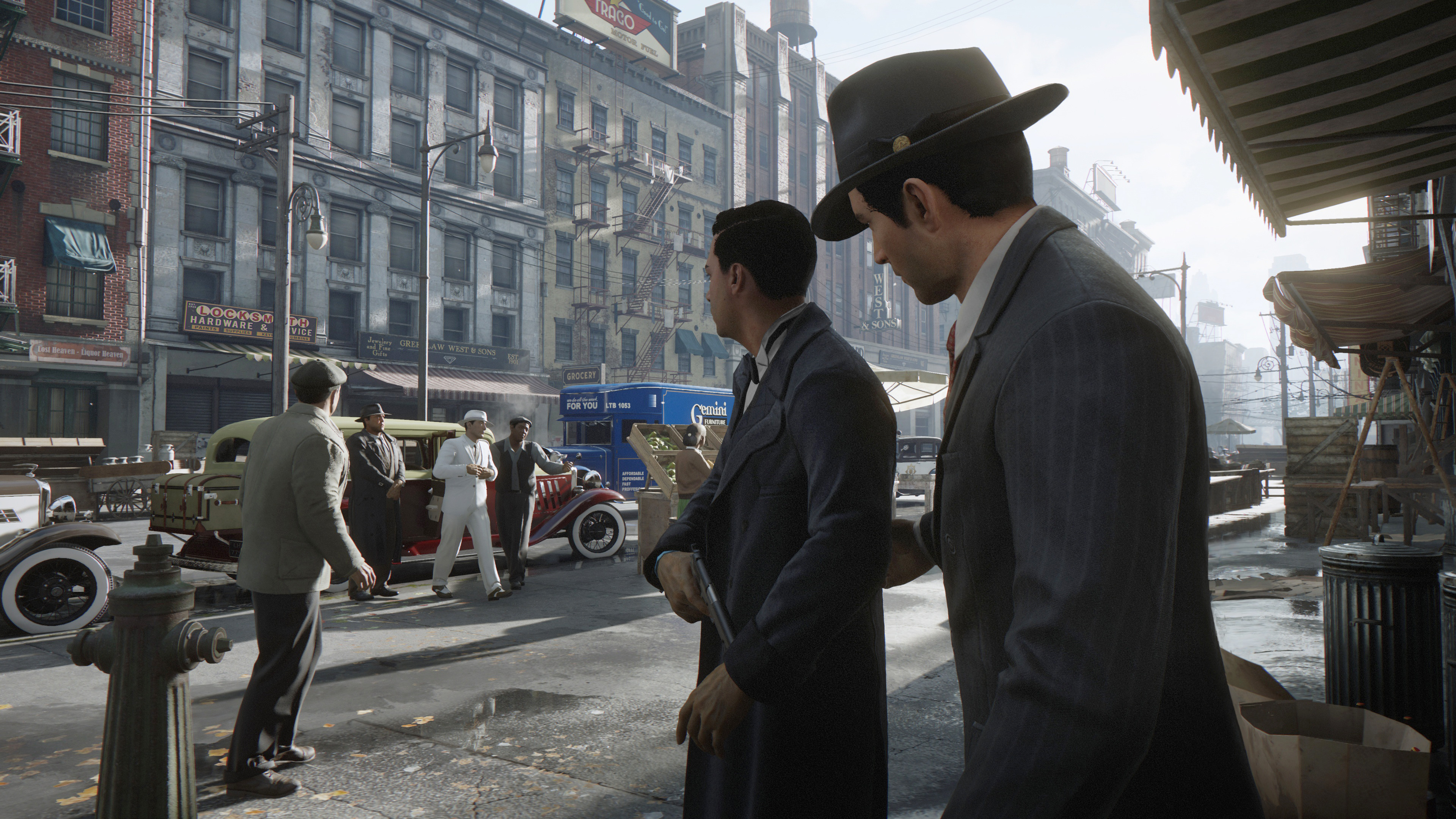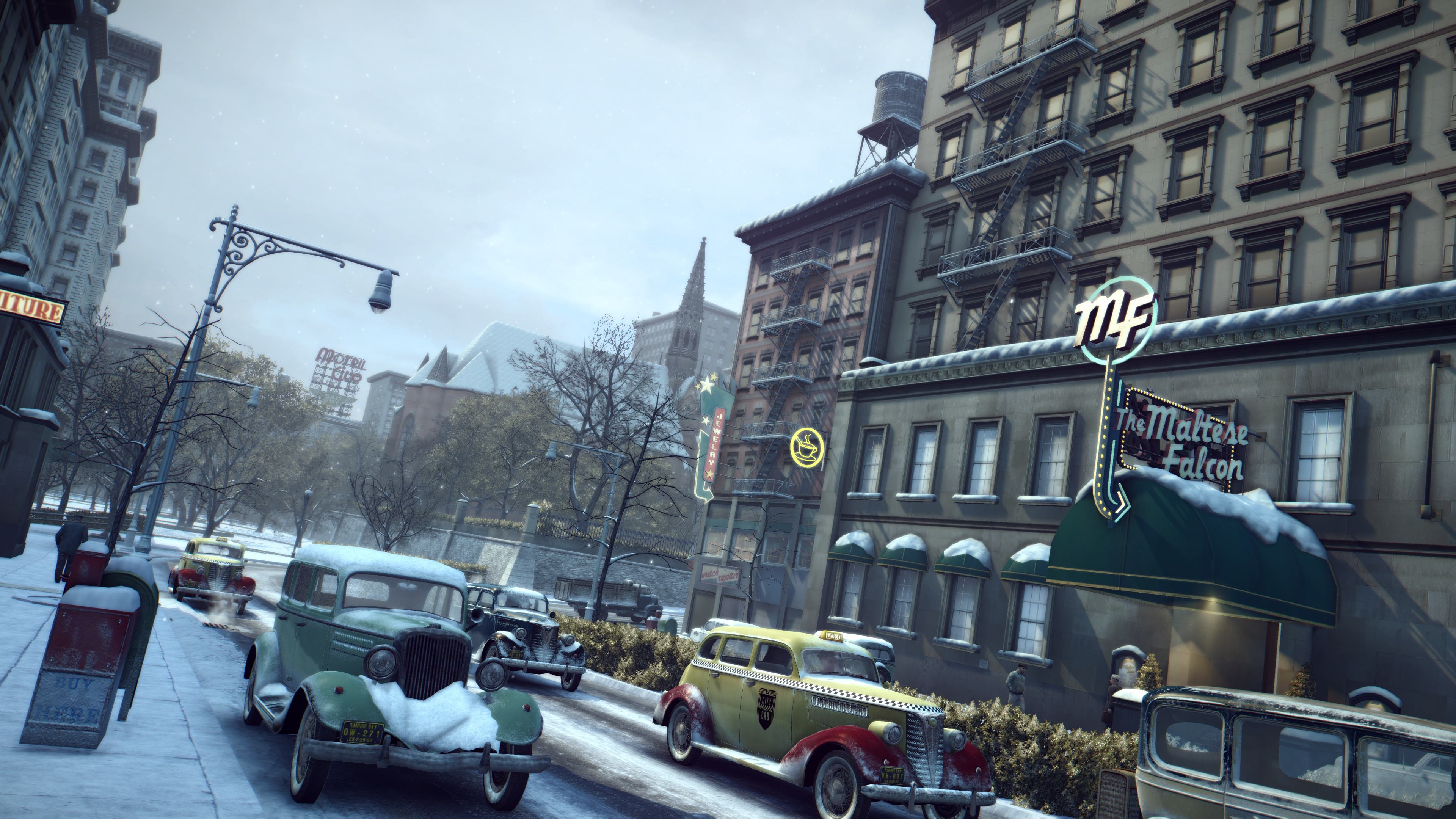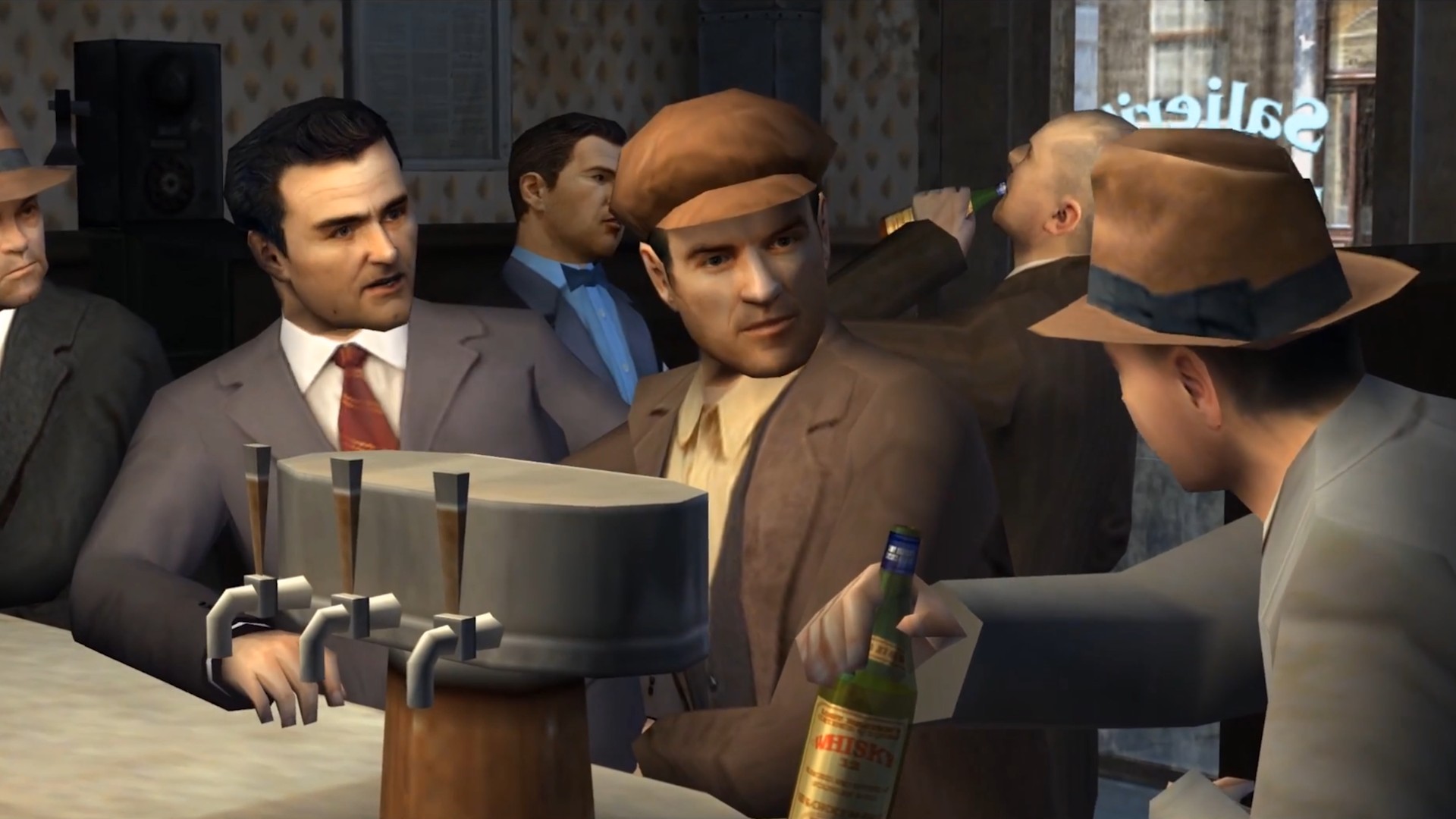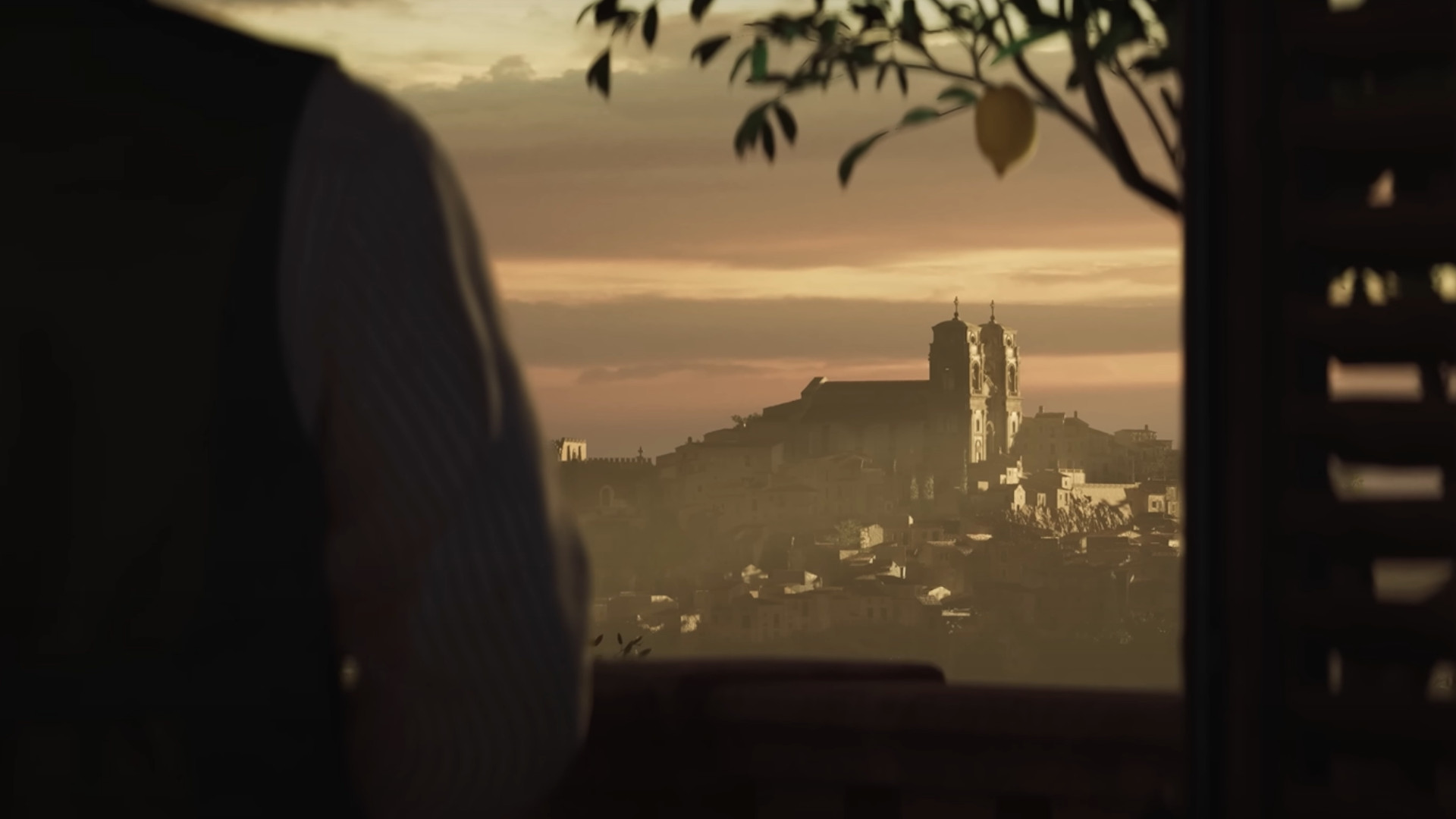I hope the cars in Mafia: The Old Country are so slow they go backwards
Opinion | Underpowered vehicles are just one way in which Mafia has always found magic in mundanity

Me and the other Mafia sickos are jonesing to drive so unbelievably slowly in The Old Country. We’re cackling with glee at the prospect of taking the reins of a horseless carriage in 1900s Sicily - a time when cars were an obscene, rickety toy for those with more money than sense. We’re rubbing our hands together at the idea of taking the corners like a bowling ball while the police catch up on foot. We’re itching to get our hands on the Fiat 6 HP, a racecar that looks like an overgrown pram.
Why? Because this slightly perverse, backwards idiosyncrasy is baked into Mafia’s DNA. You could argue that the series becomes more itself the further back in time it’s set. The first entry - an urban open world game released at the height of GTA fever in 2002 and faithfully remade a few years ago for the Definitive Edition - kicked off in the Prohibition era.
Low speed pursuit

Where Vice City recreated the Ferrari Testarossa and big-wheeled dune buggies of Miami in the '80s, Mafia leaned into the gothic-ass hearses and Cruella de Vil-mobiles of its own period. Its first mission, An Offer You Can’t Refuse, saw you drive two wise guys out of dodge in the back of your taxi - apologizing and muttering under your breath as you careened helplessly into every second lamppost of a gently fictionalized Chicago.
This commitment to setting might sound absurd – funny, even. Why trundle along at a top speed of 46mph when you could be stunt flipping between skyscrapers in the streets of Los Santos? This steady pace, however, is a crucial part of the way Mafia grounds its action. Yes, you have to spend the original game’s second mission driving fares to their destination - taking care not to break the speed limit for fear of getting flagged down by the cops, in a farcical twist on Crazy Taxi. But if you didn’t, you’d never understand protagonist Tommy’s attraction to the dangerous, glamorous life of a gangster.
The Mafia games were never afraid to bore you to make a point. In the sequel, you stacked boxes at the docks, tasting the dreary dissatisfaction of a life lived honestly, before you were whipped into the world of the family. It’s an approach that brought dynamic range to its storytelling – just as the pianissimo segment of an overture, sung at a whisper, can leave space for the orchestra to swell to a powerful crescendo of brass and thudding cannons.
To be completely honest, we didn’t always understand what Illusion Softworks was reaching for back in the noughties. Back then, open world games were brasher, and expectations were set by GTA’s chaotic toybox, which was full of explosive diversions. When Mafia 2 came out, Eurogamer accused it of “destroying the myth that the mafia is interesting at all”.
“It contends that the mob world is a hell of boredom populated by aggressively stupid automatons,” the site’s 4/10 review concluded. “These drones wake up each morning, carry out a series of repetitious tasks, and return home.”
Weekly digests, tales from the communities you love, and more

That’s no dig at Eurogamer in particular, who were simply in tune with the tastes of the time. But it’s worth noting that Rockstar seemed to get it. While the developer made regular digs at Driver in its games, it never took aim at Mafia. Maybe that’s simply because the two series shared a paymaster at Take-Two. But I want to believe the GTA studio understood that Illusion Softworks was doing something different and important.
Certainly, by the time Rockstar launched LA Noire, you could see close parallels between Team Bondi’s police procedural and Mafia. Both games treated the open world as a lavish movie set - not as an endless source of distractions, but a textural tool that deepened your connection with the stories set against its backdrop.
Today, in the wake of GTA 5 and Red Dead Redemption 2, there’s no question that Rockstar values the slower pace first established by the Mafia games. If you’ve ever taken any pleasure in driving Lamar around Los Santos just to hear the lanky lad chat, then you’ve Illusion Softworks to thank for establishing that urban open world tradition.
As Andy explained in his own take on Mafia: The Old Country, the series lost its way on the third iteration by locking its main story behind side activities that eventually became rote. But Hangar 13 president Nick Baynes has already said that The Old Country will return “to the roots of what fans love about the Mafia franchise”, with a “deep linear narrative”. It’s a change which, alongside the old-timey setting of Sicily at the turn of the century, promises to bring back the slow self-assuredness that once gave the series an indelible identity. That, and motor vehicles with the horsepower of a nag with no head.
If you're as excited as we are, here's everything we know about Mafia: The Old Country so far.

Jeremy is a freelance editor and writer with a decade’s experience across publications like GamesRadar, Rock Paper Shotgun, PC Gamer and Edge. He specialises in features and interviews, and gets a special kick out of meeting the word count exactly. He missed the golden age of magazines, so is making up for lost time while maintaining a healthy modern guilt over the paper waste. Jeremy was once told off by the director of Dishonored 2 for not having played Dishonored 2, an error he has since corrected.



